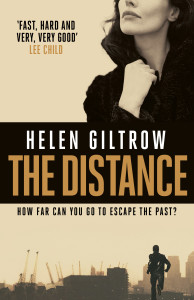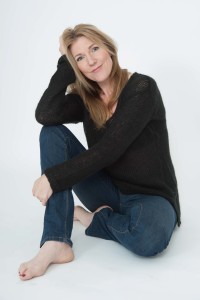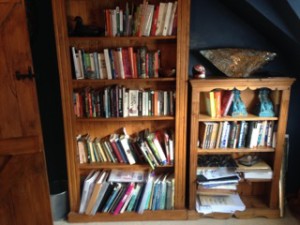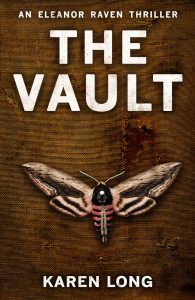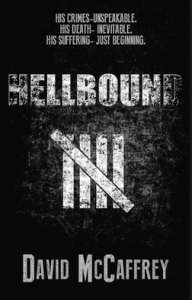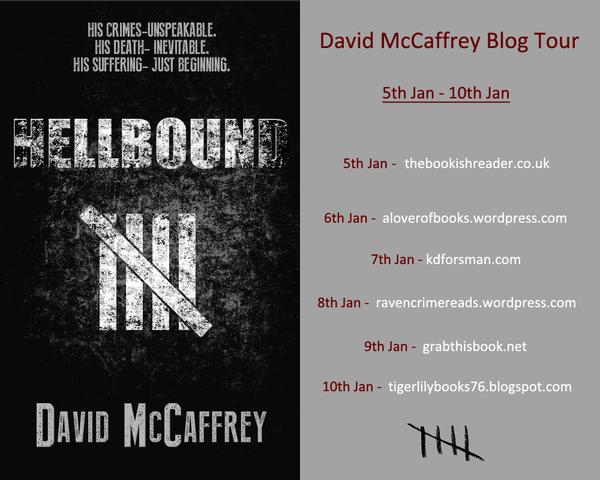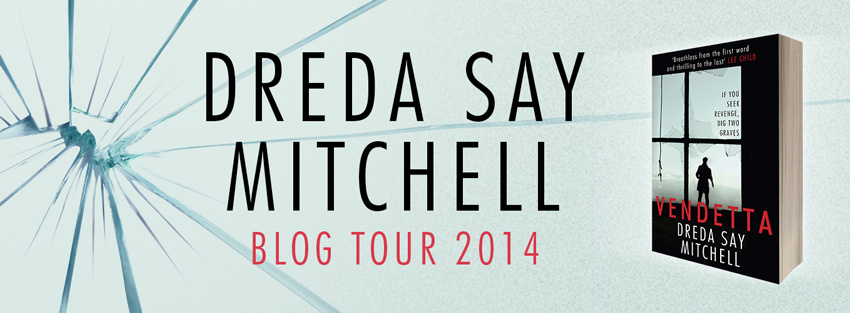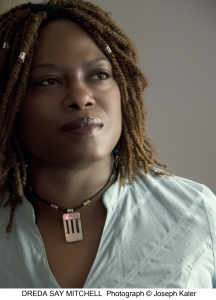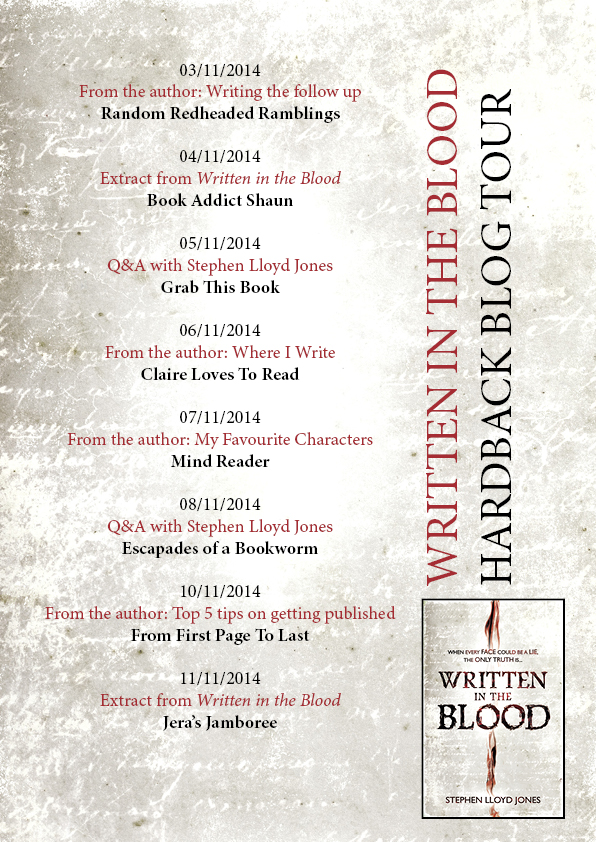Guest Interview – Helen Giltrow (The Distance)
Today I am delighted to welcome Helen Giltrow to the blog. Helen has kindly taken time to answer a few of my questions about The Distance, her debut thriller which released in paperback last week:
They don’t call her Karla any more. She’s Charlotte Alton: she doesn’t trade in secrets, she doesn’t erase dark pasts, and she doesn’t break hit-men into prison. Except that is exactly what she’s been asked to do. The job is impossible: get the assassin into an experimental new prison so that he can take out a target who isn’t officially there. It’s a suicide mission, and quite probably a set-up.
So why can’t she say no?
I have read many Colin Forbes and John Le Carré novels and I believe that spy stories are essentially about the pursuit and control of information. Would it be accurate to say that The Distance is a spy novel at heart?
I think that’s a good definition of a spy novel, and one that The Distance certainly fits. My main character is a woman called Charlotte Alton who steals and manipulates data, then sells it on to criminals. At the opening of the book she is approached by an old client, a hit-man, for help with a high-risk job inside a prison, for a nameless client. Suspecting some sort of trap, she must discover who his target really is and why they have to die.
The Distance didn’t start life as a spy novel. Originally I was planning to write something closer to an action-thriller / crime novel hybrid, with Charlotte Alton as a minor character. But she began to take over the plot, and as she did so, the spy-story elements came to the fore. I’m a fan of Le Carré, in particular the Smiley novels, so the chance to draw on that tradition in this book was too good to miss; readers who know those novels will certainly spot the references. But I think the earlier action-thriller incarnation is still visible, especially in the scenes told by the novel’s other narrator, the hit-man Simon Johanssen.
A significant proportion of The Distance is set inside a facility called The Program – can you outline exactly what The Program is?
The Program is an experimental, privately-run ‘secure community’, temporarily created in a run-down slice of east London suburb after an explosion in the prison population and a catastrophic series of riots that has put several jails out of action. Its ideological basis – that inmates are less likely to reoffend if they’re encouraged to take responsibility for their own lives while inside – underpins some real-world facilities for low-risk offenders. But applied here, on the cheap, and with violent and dangerous inmates, it’s going badly wrong. And that’s the environment Simon Johanssen has to enter, when he’s tasked with the killing of an inmate.
Your central character is Charlotte Alton, yet she also uses the name Karla. The two persona, by necessity, live very different lifestyles – did you have to think them as two different characters to ensure Karla (or Charlotte) acted in a particular way in certain situations?
Charlotte is one of those characters who turned up fully-formed on the page. I knew from the outset that she would speak and act in one way when she was wealthy, idle Charlotte Alton, and in another when she was the criminal information-broker Karla. In fact I think of both identities as disguises. This is a woman who spends a lot of time pretending to be someone she isn’t; there’s a whole layer of her personality and her emotions that she herself isn’t prepared to acknowledge, and that makes her fascinating to write about.
There is one character that appears to have no redeeming feature other than to be the clear villain of the book. Do you think that all stories need a character like Brice? Specifically a figure upon which the reader can hope to see some form of justice served?
Interesting question. Immediately it’s made me think of those crime novels is which justice isn’t done, and any resolution amounts to a messy compromise – because sometimes that’s the way life works …
I certainly felt there had to be a figure like Brice in this book. I was very conscious that I was asking the reader to invest in two characters who are criminals. Charlotte Alton facilitates crimes; Simon Johanssen carries them out. Both characters have a morality, but I felt I needed to bring in Brice – an out-and-out sadistic psychopath – to act as a sort of moral touchstone, and to cast those other characters’ moral values into relief. Brice is the distorted mirror image of Johanssen: while Johanssen kills ‘cleanly’ and is troubled by suffering, Brice prides himself on not killing; he just likes hurting people, a lot. In that way Brice serves to define Johanssen.
And while Brice is morally abhorrent, in some ways he’s an instrument of justice too. Johanssen himself has killed, and instinctively I felt he had to pay for that in the course of the story. When he enters the Program and comes up against Brice, he’s confronting – literally and metaphorically – his own past actions. For him it’s a sort of purgatory. The question is whether he can survive it.
How long did it take you to get The Distance from the original concept to a draft you were happy to let someone read?
A long time. The first glimmerings of that early crime / action-thriller hybrid story came to me in 2001, and I wrote a version of the opening then. That got shortlisted for the CWA Debut Dagger, but family upheavals meant work on the book had to be put on hold for long periods. By early 2009 – when I finally hit calm water – Charlotte Alton had become the lead character and I’d amassed a pile of scenes and notes, though you couldn’t call it a first draft. That’s when the serious writing started. A draft went out to beta readers in summer 2011, and to agents late in the same year.
Can we expect to see a return for Charlotte Alton?
I’m working on a sequel right now.
Do you have to set yourself a routine for writing?
I find I have to. I aim to put in three one-hour blocks in the morning, with 10-15 minutes in between; and another two or three hours from 3.30 pm onwards. (I’m useless after lunch.) I’m quite a slow writer so I need to put in the hours at my desk or the work doesn’t get done.
 When not writing how do you enjoy spending your downtime?
When not writing how do you enjoy spending your downtime?
I like running, but a calf strain has put me out of action for several months, and I’m only just getting back into the gym. In about a month I’ll probably start running again. I miss it – it’s my drug.
I am always fascinated to discover what other people are reading. If I were to see your bookshelves what could I expect to find?
A lot of crime fiction, across a broad range of subgenres, and literary fiction too. What’s interesting to me are the gaps. For a long period I couldn’t afford to buy books, so many of the books that I love and that have influenced me, I borrowed from the library. I often find myself looking for copies of them, only to discover I don’t actually own them.
What comes next for Helen Giltrow?
After the sequel to The Distance? More writing, for sure. I’ve been doing it since I was a child so I can’t see myself giving up now.
Once again, my thanks to Helen.
The Distance was published in paperback by Orion on 26th February and is also available in digital format.
You can find Helen on Twitter: @HelenGiltrow
